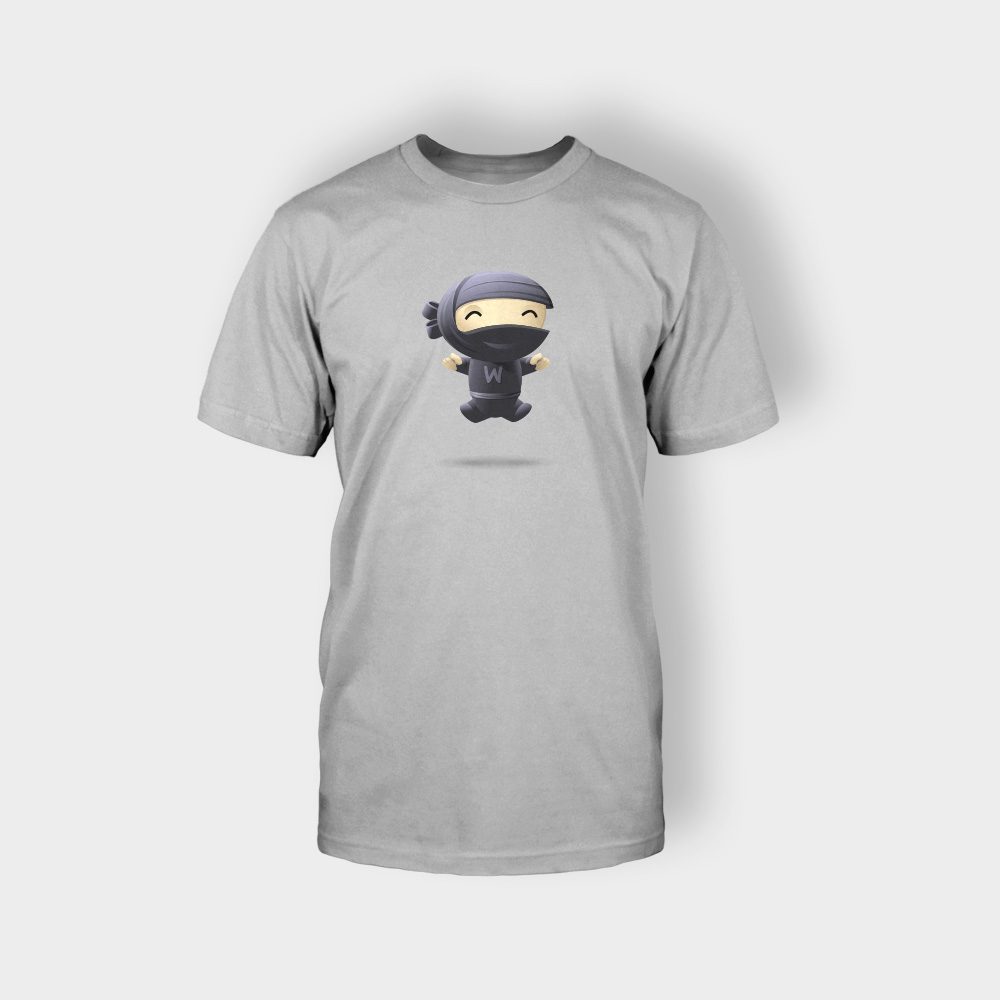

Taking him out with multiplication will turn you into a number 9.

As the number 1, you’ll first encounter a number 9 patrolling the area. For example, a level may ask you to perform the following task 1=6. To complete the level you’ll need to attack other numbers with the correct operations to solve the equation. You’ll be given an equation at the bottom of the screen. Once you’ve killed your enemy, the math part of the game comes into play.Įach level in Number Ninjas plays out like a math puzzle. Armed with a variety of math operations, you’ll attack enemy numbers by throwing addition, subtraction, multiplication and division signs like throwing stars. Each level combines two key elements: platforming and math equations. Number Ninjas takes a very over-the-top, Rambo style experience to basic mathematics. Number Ninjas is fun, educational, and puts out math skills to the test. Now, thanks to developer Peter Groeneweg, all the fun of edutainment is back! Unlike the 80’s though, this time we mean it.

It is well worth the investment!Ĭons: The only con is that each picture card has eight images, so it definitely is not appropriate for learners who cannot scan a field containing that many items.Ĭost: $14.99 You should invest in this game if: you are seeking games for siblings to play, you are teaching early elementary students, or you are looking for unique materials for teaching visual perception skills.If you grew up at just the right time in the 1980’s, you no doubt remember sitting around the one lone computer in your fourth grade classroom, waiting for your turn to play Reader Rabbit or Math Blasters. Pros: I cannot stress enough the multiple ways in which you can use these unique materials. It offers multiple opportunities for your learner to get an incorrect response, then correct it independently or with minimal prompts.
SNEAKY NINJA SILLOUTES TRIAL
It’s a skill that many learners with autism struggle with, so if you’re learner is motivated by these materials, it offers a great opportunity for practicing it.Īccepting Mistakes/Errors – I love that trial and error is built into this game. Orientation – One of the best aspects of this game is that it requires players to figure out the appropriate orientation for each card, which includes not just rotating the card, but also turning it over. I then slowly increase the number of picture cards visible so that the learner is able to match cards out of a larger field. For some learners, I modify the game so that the learner is presented with two picture cards (one matching, one non-matching) and one silhouette card. Matching – At its root, this game is just a matching game, but is uses unique materials to provide opportunities for expanding matching skills. This game requires much more difficult scanning skills than many other games designed for young learners. Scanning – When attempting to match each card, the learners must scan both the silhouette card and the picture cards. It’s a nice activity for learners who have a large repertoire of tacts (labels of items) to help with generalization. Tacting/Labeling – With some students, I simply hold up the silhouette cards and ask them to identify each shape. There are some descriptions of modifications below, but typically one of the four games described in the instructions will be well-suited for your learner. Skills & Modifications: Because the game provides instructions for multiple ways to play, there’s little need for you to modify it. Players try to be the first to find the match their silhouette card to a picture card.


 0 kommentar(er)
0 kommentar(er)
